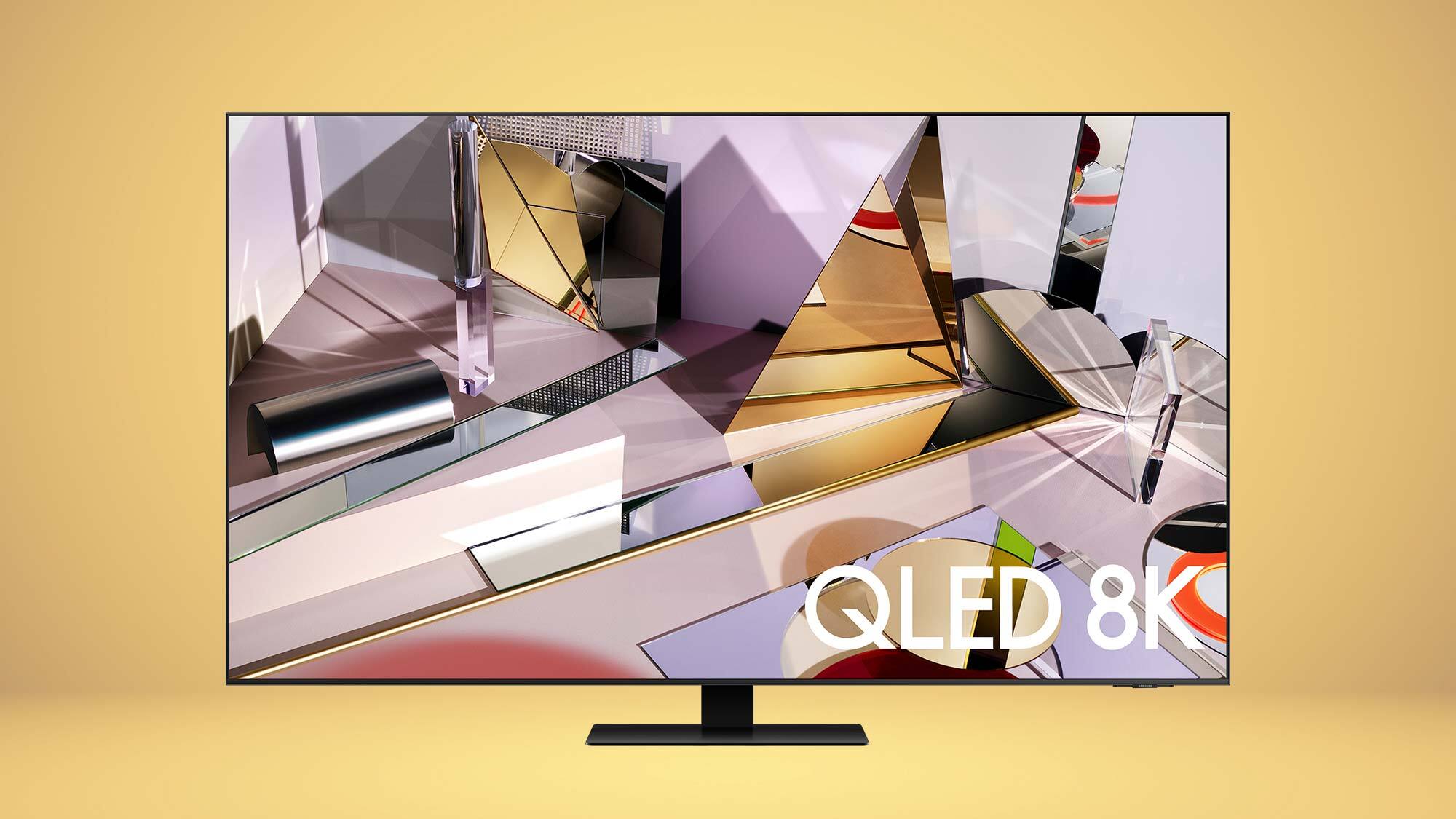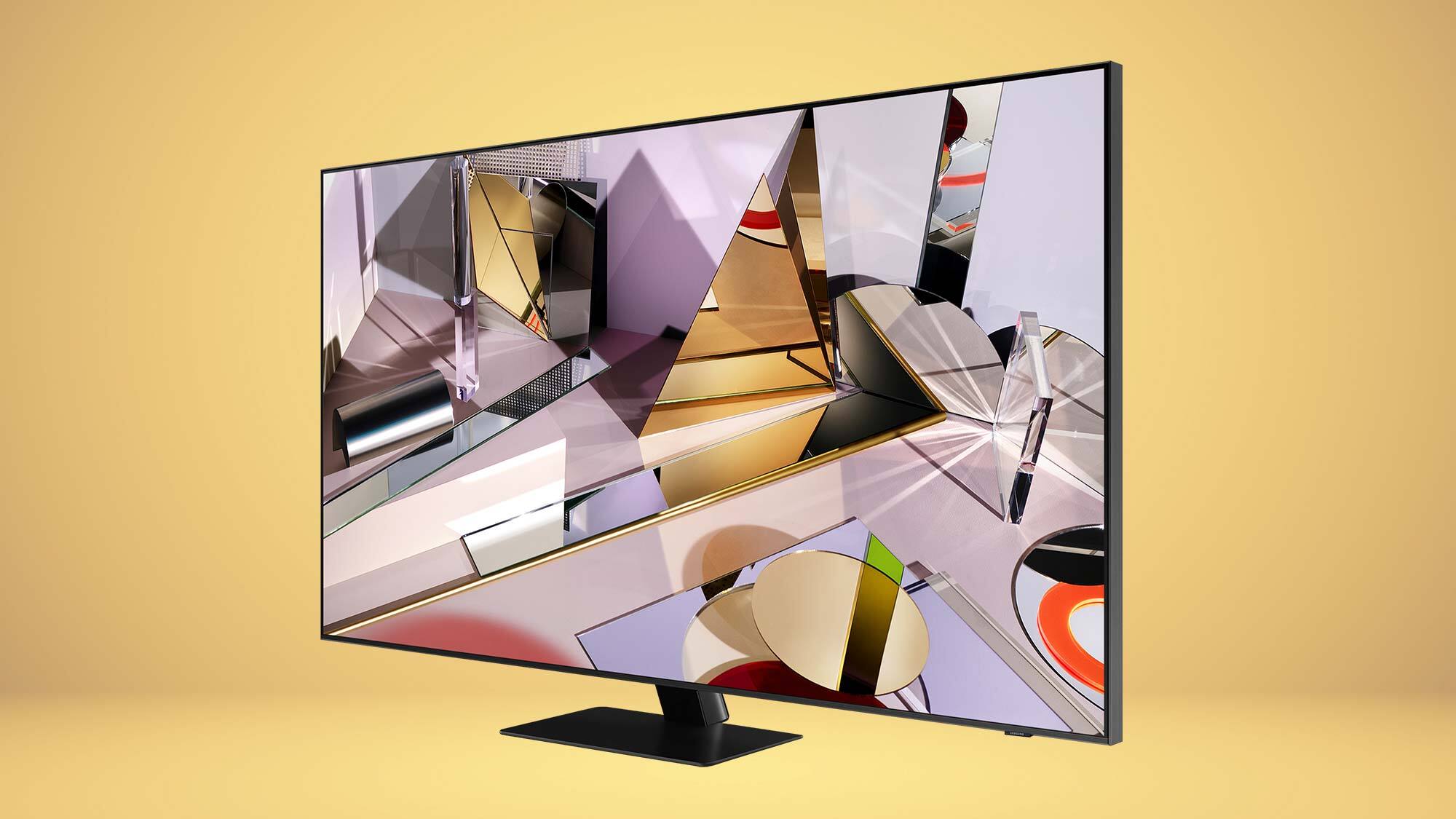Samsung unveils most affordable 8K TV yet — and it’s ready for PS5 and Xbox Series X
Samsung's Q700T is an 8K TV with less sticker shock, but there's some trade-offs

Samsung has announced the most affordable 8K TV yet, just in time for people getting ready for the 8K-ready PS5 and Xbox Series X game consoles. Samsung Electronics UK has just announced a new model, the Q700T QLED 8K TV, which is the 'cheapest' 8K model to date.
The new Samsung Q700T starts with a 55-inch model that sells for £1,999 and a 65-inch model for £2,699. And no, that pricing isn't a typo – Samsung has only announced UK availability of the new TVs so far.
- The best TVs you can buy now
- How to watch The Boys season 2 online: release date, cast and reviews
- Plus: Super Mario 3D All-Stars is coming to Switch — but there's a catch
The pricing is cheaper than Samsung's current entry-priced 8K set, the 65-inch Samsung Q800T, which sells for $3,199 / £3,799. But the lower price does come with some changes to the overall quality of the TV.
Samsung Q700T features

Samsung's Q700T QLED TV offers the same Ultra HD resolution and impressive color seen on the more expensive models, and Samsung still backs the 8K picture with it's Quantum Processor 8K, which handles everything from motion smoothing to upscaling lower-resolution content – an absolute must for 8K TVs, since 8K content is still mostly nonexistent.
The Q700T also boasts Samsung's immersive Object Tracking Sound+ (OTS+) technology, with eight speakers built into the four sides of the TV's chassis to provide 3D sound that tracks right and left, up and down, and provides the illusion of sound coming directly from the screen. Samsung also includes Adaptive Sound+ and Active Voice Amplifier (AVA), which adapt the sound to the room around it, and then tailor the output depending upon the type of content.
Last but not least, the Q700T is ready to take on 8K gaming, with support for AMD Freesync and Variable Refresh Rates (VRR), and a reported lag time of as little as 9.7 milliseconds. Pair that with the 8K/60Hz or 4K/120Hz output offered by either the PS5 or the Xbox Series X, and you've got a set made for next-gen gaming at top resolutions and frame rates.
Samsung Q700T trade-offs
The Q700T does not have Samsung's zero-bezel display, though the bezels on the set look to be in line with the acceptably slim bezels seen on Samsung's 4K QLED sets. The Q700T also has a different stand, using a cylindrical pedestal stand instead of the more premium angled stands used on the Q800T models.
Sign up to get the BEST of Tom's Guide direct to your inbox.
Get instant access to breaking news, the hottest reviews, great deals and helpful tips.
But the biggest hit comes in the display itself, which has half the dimming zones of the Q800T and drops the overall HDR rating to HDR1000, half that of the Q800T's HDR2000 rating. While 1000 nits of brightness is still high, and should look great compared to almost any 4K set on the market, it's going to look dimmer than on the more expensive set.
The biggest problem with the new Q700T could be it's size. At 55 and 65 inches, 8K resolution won't be fully appreciated unless you sit less than 2 feet away from the screen – any farther back, and 8K is hard to distinguish from 4K. And while a 55- or 65-inch set is easier to fit into most homes, it's small enough that most of that detail just won't be appreciated anyway.
Samsung Q700T outlook
The new Samsung Q700T should be a welcome addition to the premium TV space, offering an 8K set that won't fill a wall the way that an 80+ inch set would, and brings 8K down to a level of affordability that will actually fit some people's wallets. We just hope the new set makes its way to the US market.
Brian Westover is currently Lead Analyst, PCs and Hardware at PCMag. Until recently, however, he was Senior Editor at Tom's Guide, where he led the site's TV coverage for several years, reviewing scores of sets and writing about everything from 8K to HDR to HDMI 2.1. He also put his computing knowledge to good use by reviewing many PCs and Mac devices, and also led our router and home networking coverage. Prior to joining Tom's Guide, he wrote for TopTenReviews and PCMag.

